What Is The 3000K Color Temperature?
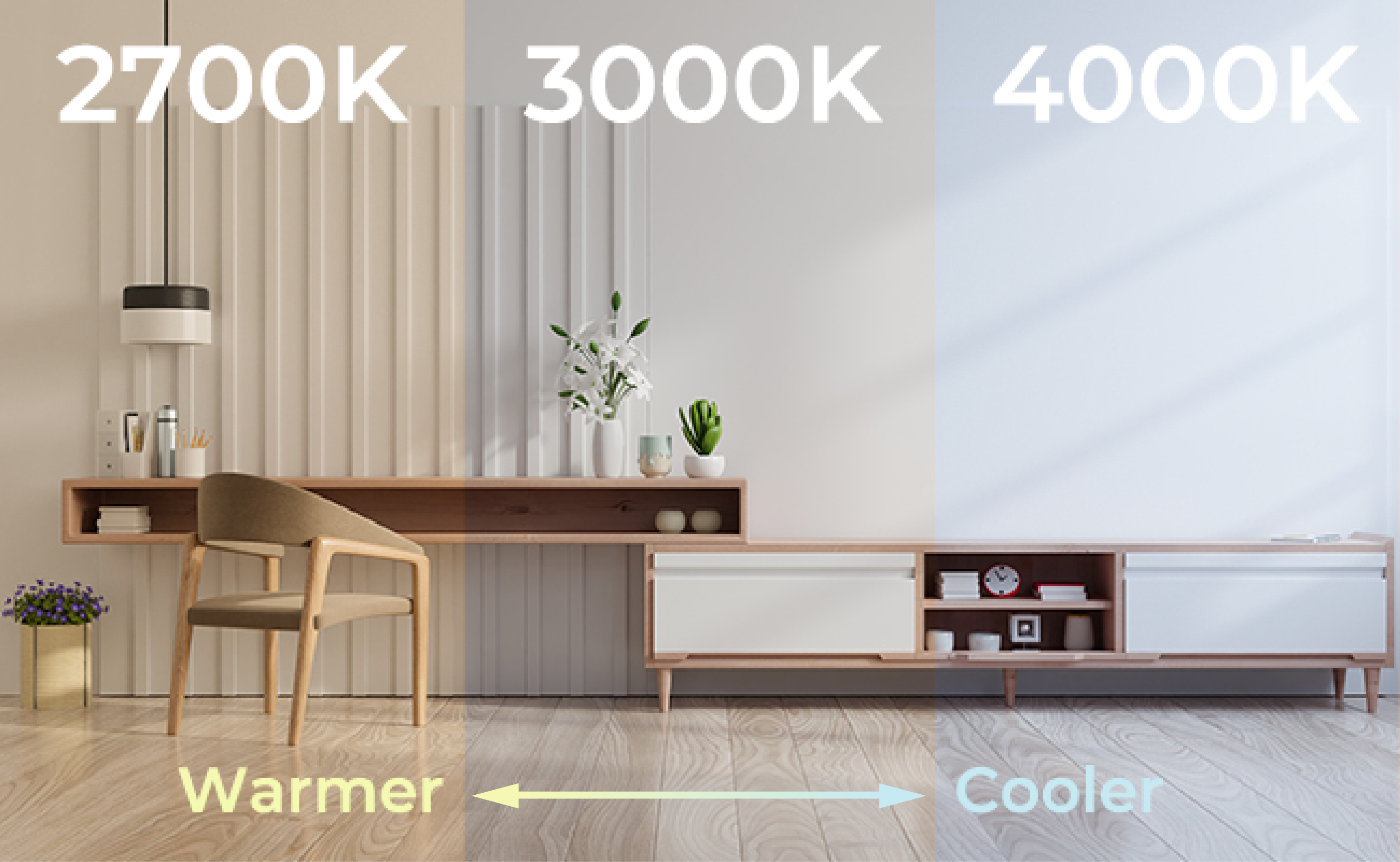
Color temperature plays a crucial role in setting mood, ambiance, and functionality. One color temperature of note is 3000K, a value that has gained popularity for its warm and inviting glow.
But what exactly does a 3000K color temperature mean? In this article, we will explore the characteristics, applications, and effects of the this color temperature, providing a deeper understanding of its significance to lighting design.
What Does 3000K Color Temperature Mean?
"3000K color" refers to a specific color temperature within the Kelvin scale. The color temperature refers to how to describe the light a bulb produces. The temperature can range from 1000K to 10,000K. The "K" stands for Kelvin, a unit of measurement for temperature.
A color temperature of 3000K indicates a warm white light with a yellowish hue. It is commonly associated with the color of incandescent or halogen bulbs. This temperature range is often used in bedrooms, cafes, spas, and places where a cozy and comfortable atmosphere is desired.
Understanding the Color Rendering Index (CRI) at 3000K Color Temperature
The Color Rendering Index or CRI measures how accurately the light source reproduces an object's color. The CRI is expressed on a scale of 0 to 100, with higher values indicating better color rendering capabilities. CRI scores of 90 or higher are regarded as good, while those of 80 or less are typically regarded as subpar.
So, what kind of CRI is necessary for 3000k color temperature? A CRI of at least 80 is ideal in most situations, although a higher value may be needed in certain cases. For example, a light for a utility room can afford to have a lower CRI of around 80, as the bulb focuses more on producing a bright light for chores while conserving energy.
But a more social environment like a restaurant or bar might require a CRI of 90. The light is necessary for producing vibrant colors while also allowing the colors of food and drink to become more visible. The need to produce a more "comfortable" light based on intensity and color is also strong.
Common Applications for 3000K Color Temperature
The 3000K light color can work in many residential and commercial environments. The light's warm and inviting ambiance makes it a popular choice. Here are some examples:
Bedroom:
Generally, most of us spend the morning and evening in our bedrooms. During these two times, we either wake up or relax. Using 3000K lighting in the bedroom can help us promote relaxation and aid in winding down before sleep.
While warm white light is excellent for relaxation, a 3000K color temperature still provides sufficient brightness for reading, getting dressed, or performing other tasks in the bedroom.
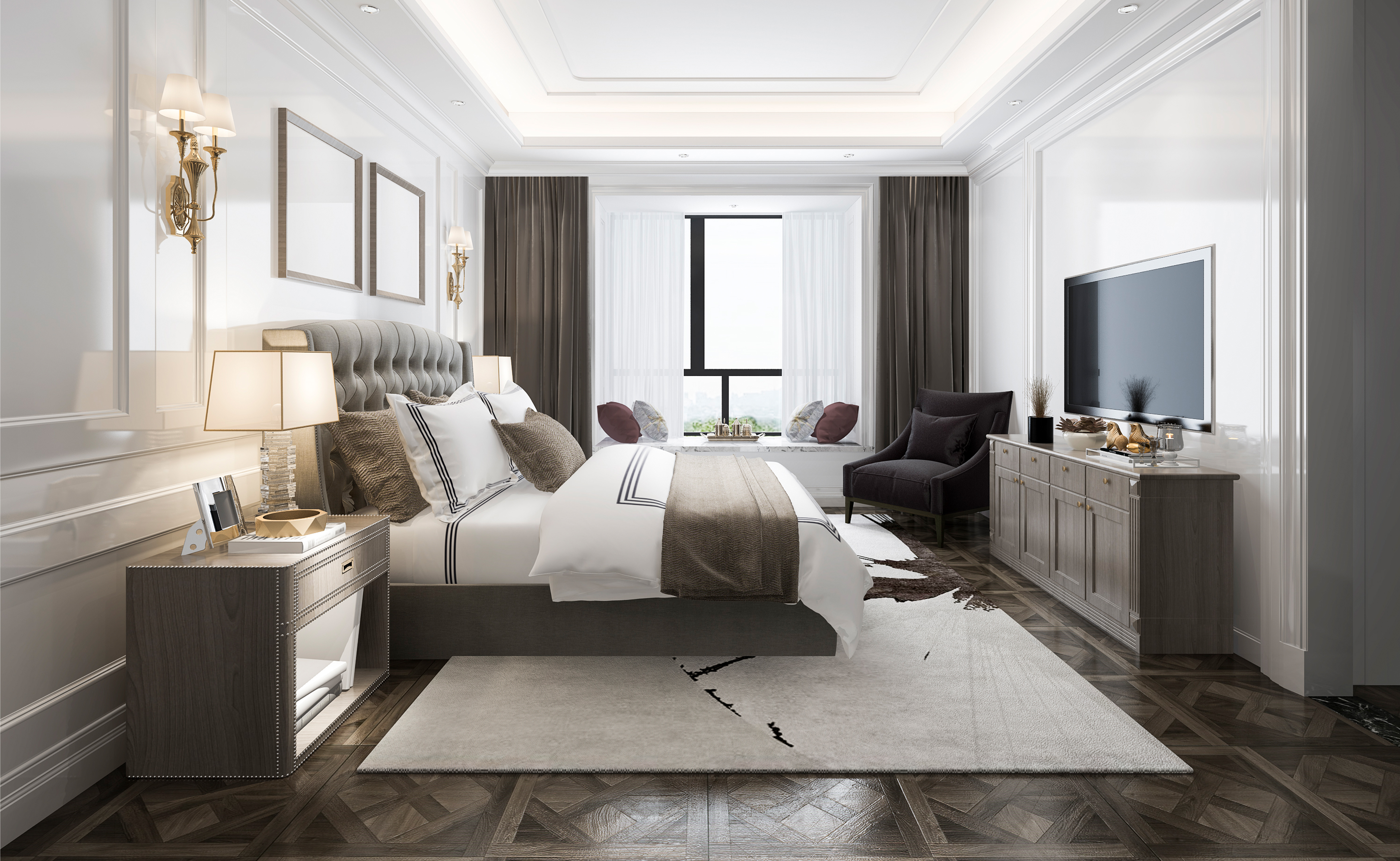
Living room:
The living room is where you gather and socialize with friends and family, requiring more atmosphere. A 3000K color temperature is suitable in this case.
The 3000K light color provides enough light to create a lively environment for any activities in the living room, including game evenings, drinks, dinners, film marathons, or reading.
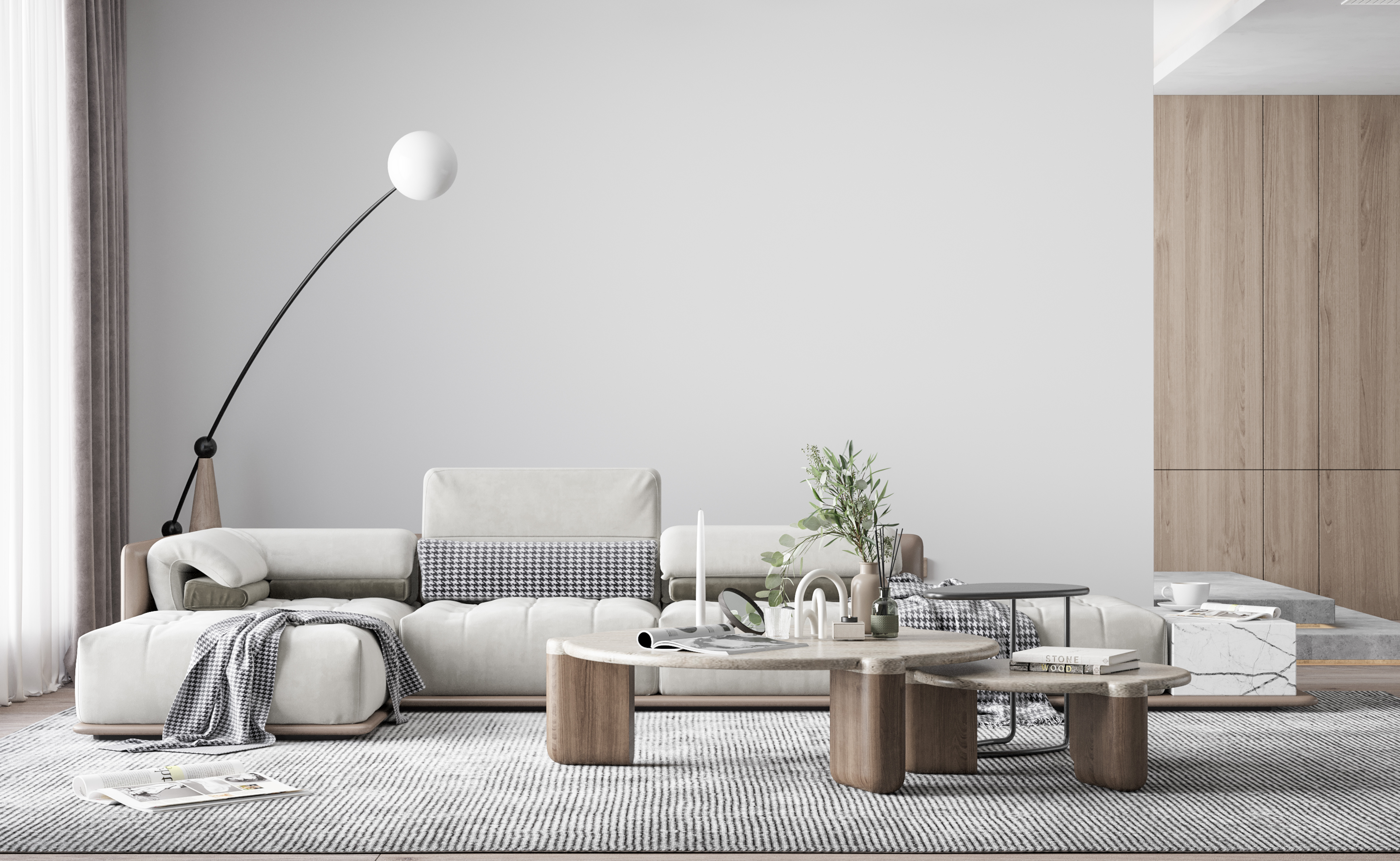
Kitchen and dining room:
A 3000K color temperature can create a warm and inviting atmosphere in a kitchen and dining room.
The warm white light makes people feel more comfortable cooking, dining, and socializing. In the kitchen, the tone provides ample illumination for food preparation and cooking tasks while creating a soothing ambiance. In the dining room, it sets a relaxed and intimate mood for meals, making gatherings with family and friends more pleasant.
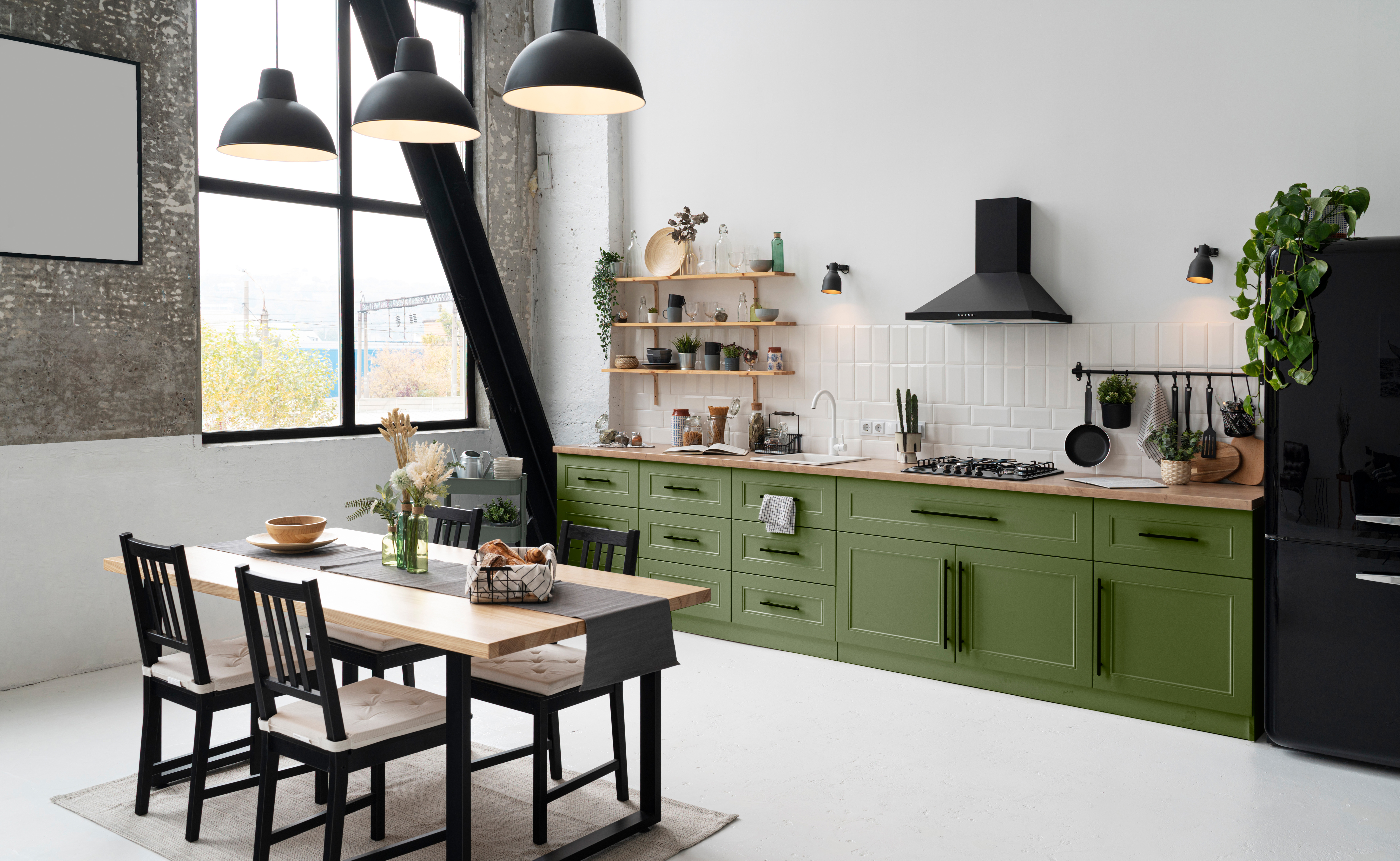
Bathroom:
3000K lighting is ideal for the bathroom, as you don't want the bathroom to be an uninviting place after a long day of work. The warm tones of 3000K lighting can provide a flattering effect on the skin. It can also create a pleasant environment for applying makeup, shaving, or styling hair, which makes it helpful for getting ready for work or winding down.
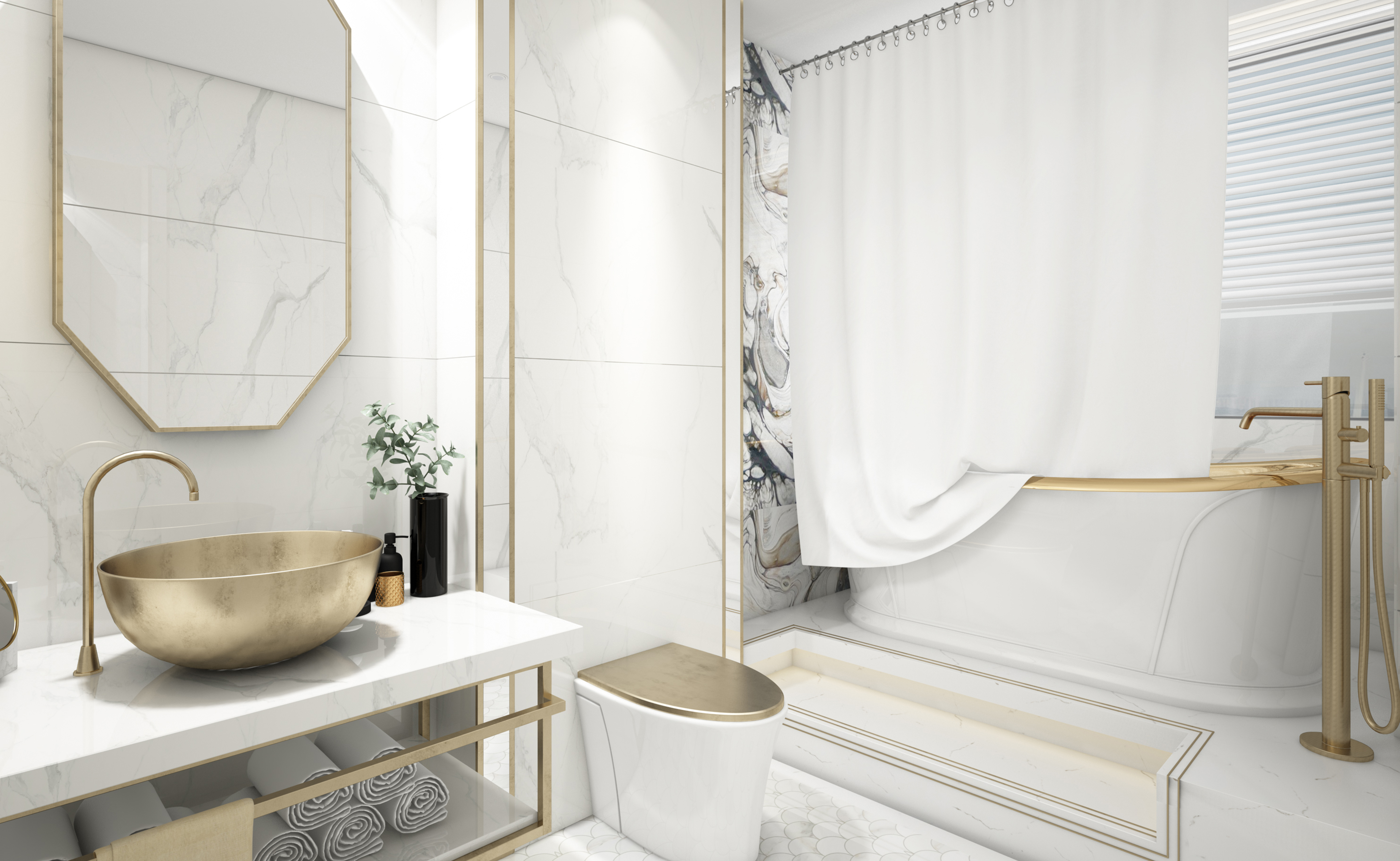
Closet:
3000K lighting offers good color rendering, allowing you to see the true colors of your clothing and accessories. This point ensures that you can confidently match and coordinate your outfits.
Practical Effects of 3000K Color Temperature
The color temperature of 3000K has significant effects on the visual environment, influencing mood, sleep, and other factors. Understanding these effects is essential for making informed lighting choices. Let's delve into the various effects and considerations associated with the 3000K light color.
For sleep
Lights with lower color temperatures, such as 3000K, have the ability to activate the production of melatonin, a hormone closely linked to our sleep-wake cycle and circadian rhythms. This hormone is typically released in response to darkness, signaling our bodies to prepare for sleep.
While red and orange lights are more effective in getting people to sleep, a 3000K lighting system can still be effective, as the warm tone still has a low color temperature. This setup can help anyone wind down for a restful night's sleep.
For mood
When sitting in a candle-lit room, the warm colors can impact one's mood. A candle can produce a color temperature of about 1000 to 2000K.
The brain will interpret the dim light as a signal for sunrise or sunset, inducing relaxation and a sense of calm. Second, these warm colors have the ability to reduce stress, as the brain associates dim lighting with leisure and inactivity. Therefore, 3000K color temperature can contribute to a positive emotional state. While it is not as dim as candlelight, it still produces a relaxing feel.
For lighting design
The 3000K color temperature plays a significant role in lighting design, offering several effects and benefits. Here are some ways in which it can enhance lighting design:
-
Accentuating details and features: The warm glow of 3000K lighting can highlight architectural features, artwork, and decor, adding depth and character to a space. It helps create visual interest and draws attention to specific areas or objects, enhancing the overall design aesthetic.
-
Enhancing decor and color rendering: The 3000K color temperature complements various interior design styles and color schemes. It can enhance the richness and vibrancy of warm tones, textures, and materials, adding visual appeal and depth to a room.
-
Establishing a harmonious lighting scheme: Incorporating 3000K lighting into a lighting design scheme allows for a balance between task lighting and environmental lighting. It can be used alongside other color temperatures to create contrast, depth, and visual interest within a space.
2700k vs 3000K vs 4000k Color Temperature
Other than 3000K light color, the 2700k and 4000K temperatures are also common in daily life. So, what is the difference between them? Here are the details of these color temperatures:
When to choose 2700K?
The 2700K color temperature produces a yellowish glow that replicates candlelight. The tone is slightly warmer than 3000K.
Since these two temperatures are close together, the scenarios of 2700K and 3000K are the same in many home usages, such as in the living room, bathroom, kitchen, etc. But what are the other usage scenarios of 2700K?
-
Vintage or traditional aesthetic: The 2700K color temperature is suitable for spaces with a vintage or traditional aesthetic. Whether it's a classic Victorian-style home, a cozy cottage, or a rustic farmhouse, 2700K lighting can help create an authentic and inviting atmosphere without creating anything too intense. It works well with antique furniture, vintage decor, and warm color palettes, further enhancing the vintage or traditional aesthetic you want to achieve.
-
Romantic settings: Whether it's a romantic dinner date, a bedroom, or a charming outdoor setting, the warm glow of 2700K lighting can create a romantic ambiance. It sets the mood for special occasions or intimate moments, enhancing the romantic atmosphere.
-
Theatrical or stage: In theatrical productions or stage settings requiring a warm and intimate ambiance, 2700K lighting can set the mood and create a specific atmosphere for performances or events.
When to choose 4000K?
The 4000K color temperature produces a neutral white color. When compared with 3000K lighting, 4000K lighting has a slightly cooler and whiter appearance. 3000K is more suitable for residential settings, while 4000k is more suitable for commercial and industrial settings. What are the scenarios for 4000k?
-
Offices and workplaces: Creating a productive and energizing work environment is crucial in offices and workplaces. The cool and bright illumination provided by 4000K lighting can help reduce eye strain, improve focus, and enhance productivity.
-
Industrial and manufacturing facilities: 4000K lighting is a suitable choice for industrial and manufacturing facilities due to its ability to provide clear visibility, accurate color perception, and a balanced lighting tone. It allows workers to see details, read labels, and identify small components or defects.
-
Outdoor lighting and security: The cool white light of 4000K is often in outdoor lighting applications like parking lots, pathways, and security lighting systems. It offers good visibility and can help enhance safety and security in these areas.
The Quick Comparision Among 2700K, 3000K, 4000K
FAQs
1. What is 3000k color temperature to RGB value?
The RGB value of a light with this color temperature can vary depending on the specific color space or RGB model being used. However, as a general guideline, the approximate RGB value for such a light can be represented as (255, 241, 224) in the RGB color space.
Keep in mind that this is an estimation, and the actual RGB values may differ slightly based on the specific color conversion algorithm or calibration used by different devices or software.
2. Is there a noticeable difference between a 3000K light color and other warm white options?
Yes, there can be noticeable differences between them. While they all fall within the warm white range, slight variations in color temperature can result in discernible variations in the perceived light. A 4000K light won't produce as much of a yellowish look.
3. Are there any energy efficiency considerations for a 3000K color temperature?
The color temperature itself does not directly impact energy consumption. However, choosing energy-efficient lighting technologies such as LED bulbs can contribute to energy efficiency. LEDs are known for their high efficiency and consume significantly less energy compared to traditional incandescent bulbs. They also have a longer lifespan, reducing the frequency of bulb replacements.
Additionally, selecting LED bulbs with high efficacy ratings and energy-efficient certifications, such as ENERGY STAR, can enhance energy savings. By combining warm white lighting with energy-efficient LED lighting, you can create a warm and inviting atmosphere while minimizing energy consumption and reducing utility costs.
Conclusion
The 3000K color temperature offers a warm and inviting ambiance, making it a popular choice for residential spaces. It creates a cozy mood, enhances relaxation, and promotes a soothing environment. Whether for bedrooms, living rooms, or dining areas, the 3000K light color balances functionality and aesthetics, making it a versatile option for various lighting applications.
If you think this article is helpful to your friends, please forward it to them. If you have other questions about color temperature, comment us below!
Search
Subscribe for the Latest Updates
Security insights & offers right into your inbox
